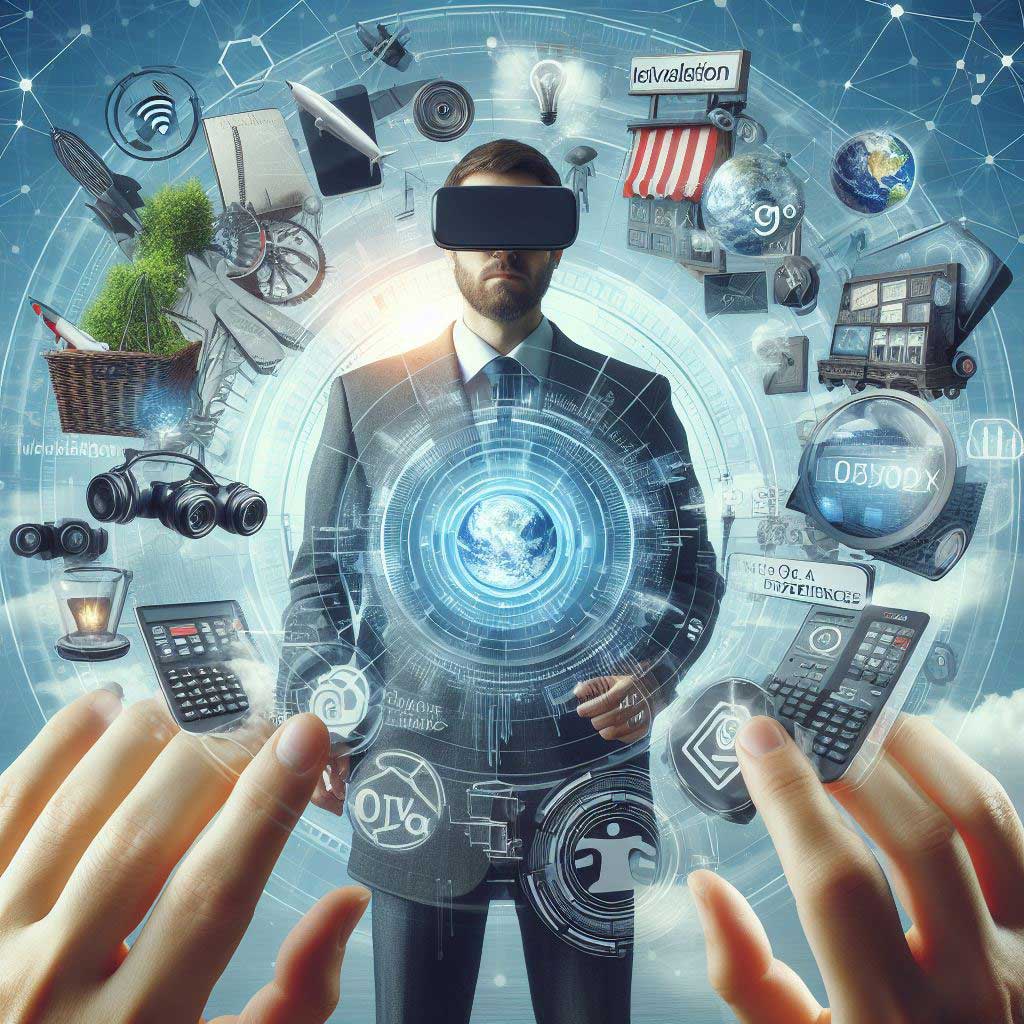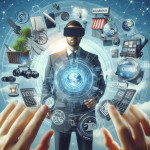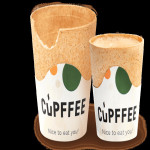- 15 Mar 2024
- Nexth.One
Phygital marketing, a portmanteau of "physical" and "digital," refers to marketing strategies that seamlessly integrate both physical and digital elements to create a unified and immersive experience for consumers. It leverages the strengths of both online and offline channels to engage with customers throughout their purchasing journey.
Here's a breakdown of key components and characteristics of phygital marketing:
- Integration of Physical and Digital Touchpoints: Phygital marketing aims to bridge the gap between physical and digital experiences. It involves combining traditional brick-and-mortar elements with digital technologies such as mobile apps, augmented reality (AR), virtual reality (VR), QR codes, NFC (Near Field Communication), and RFID (Radio-Frequency Identification) to create a cohesive customer journey.
- Enhanced Customer Experience: By integrating digital technologies with physical environments, phygital marketing enhances the overall customer experience. For example, retailers may use AR to allow customers to virtually try on clothes or visualize how furniture would look in their homes before making a purchase.
- Omnichannel Approach: Phygital marketing embraces an omnichannel approach, where brands provide a seamless experience across various channels, including online platforms, social media, physical stores, events, and more. This ensures consistency and coherence in messaging and branding across different touchpoints.
- Personalization and Data-driven Insights: Digital components of phygital marketing enable brands to collect valuable data about consumer preferences, behaviors, and interactions. This data can be used to personalize marketing messages, offers, and recommendations both online and offline, resulting in a more targeted and relevant customer experience.
- Interactive and Engaging Experiences: Phygital marketing often focuses on creating interactive and engaging experiences for consumers. This could involve gamification elements, interactive displays, live demonstrations, or immersive storytelling techniques that captivate and involve customers in the brand narrative.
- More immersive experiences: Phygital marketing can create more engaging and interactive experiences for customers. This can lead to increased brand loyalty and customer satisfaction.
- Increased personalization: Phygital marketing can be used to personalize the customer experience. For example, a store might use a customer's loyalty card information to provide them with targeted discounts or recommendations.
- Improved convenience: Phygital marketing can make it more convenient for customers to shop. For example, customers might be able to order items online and pick them up in-store.
- Measurable Results: One of the advantages of digital technologies in phygital marketing is the ability to track and measure the effectiveness of campaigns more accurately. Brands can monitor metrics such as foot traffic, online engagement, conversion rates, and ROI (Return on Investment) to assess the success of their phygital initiatives and make data-driven decisions for optimization.
Overall, phygital marketing represents a holistic approach to marketing that recognizes the evolving nature of consumer behavior in a digitally connected world while still valuing the importance of physical interactions and experiences. By blending the best of both worlds, brands can create memorable and impactful marketing campaigns that resonate with today's tech-savvy consumers.
Some Phygital Marketing examples:
IKEA's Place
Sephora
Marks and Spencer's
Disney




